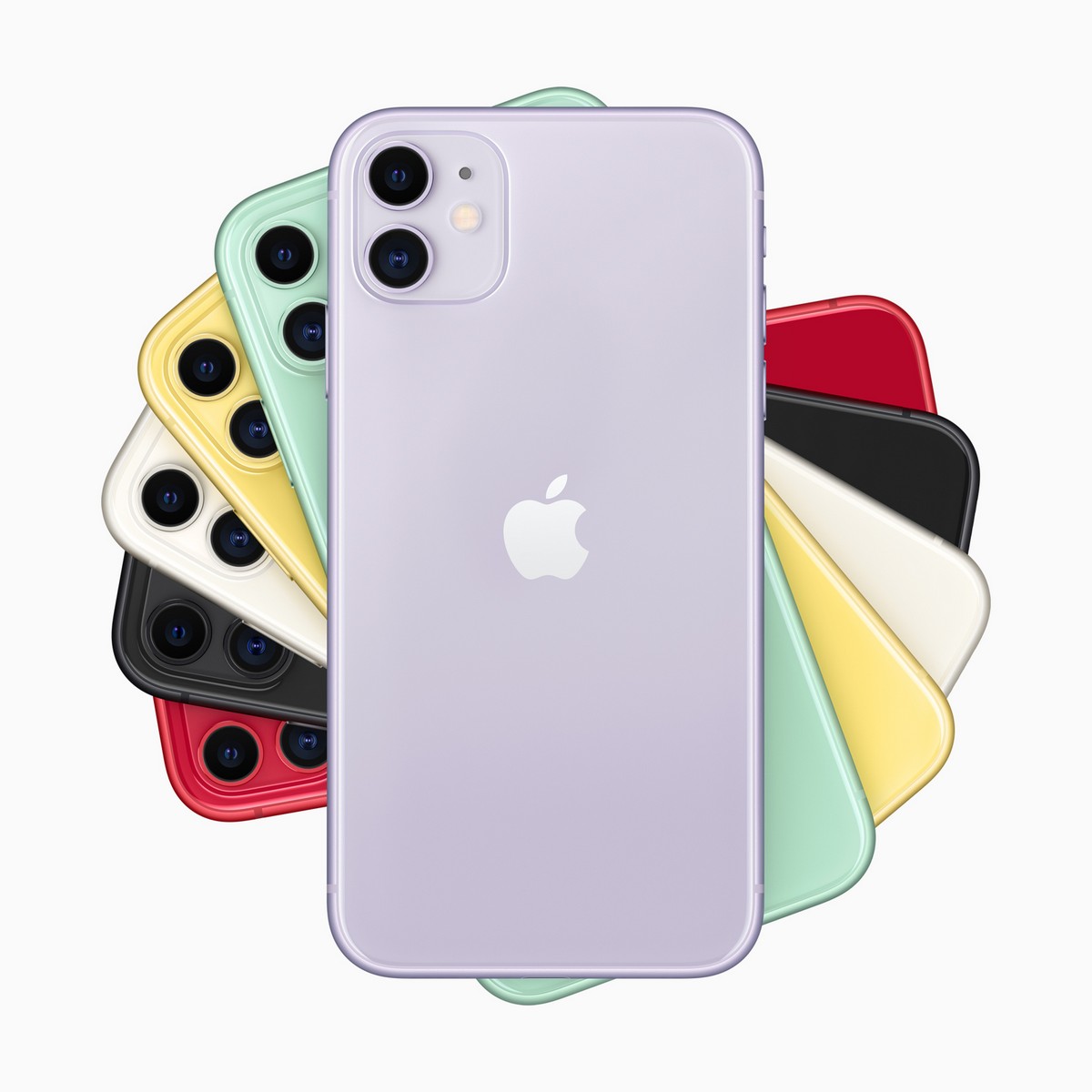The Next iPhone SE Might Only Arrive In 2022

To be fair, this seems to be roughly in line with how Apple has approached the iPhone SE in the past. The first-gen iPhone SE initially debuted in 2016 and it took Apple four years before they introduced a new model, which came earlier this year. This suggests that Apple isn’t necessarily looking to make the iPhone SE a yearly thing.
We’re not sure why Apple isn’t too keen on refreshing the iPhone SE annually, but perhaps it could be due to costs or maybe even availability of components. The 2020 iPhone SE uses the A13 chipset which debuted in 2019’s iPhones. It is safe to assume that the next iPhone SE could also use the next previous-gen chipset, the A14.
Like DSCC, Mizuho Securities also says no new iPhone SE model in 2021, have to wait till 2022. They do say all iPhone 13 models will have integrated touch, BOE will join LGD on both 6.1" models, mini and 13 will adopt 12 Pro Max camera sensors, & sensor size will increase on Pro. pic.twitter.com/G9f6cz8dm0
— Ross Young (@DSCCRoss) October 2, 2020
However, the A14 not only powers the 2020 iPhones, but the iPads, and it is also expected to power Apple’s new Apple Silicon Mac computers, so perhaps there aren’t enough components to go around. It is possible that Apple could be waiting for the release of the A15 before reusing the A14 for the iPhone SE.
This is just speculation on our part, but if you wanted to get your hands on a budget iPhone, then the current iPhone SE is pretty much your only option, unless you don’t mind waiting until 2022.
You May Also Like
Popular Right Now
- Canon Unveils PowerShot V1 And EOS R50 V: Best New Vlogging Cameras For 2025
- Bill Gates Predicts: AI Will Replace Doctors And Tutors Within A Decade
- First Shutdown of Niagara Falls in 12,000 Years: A Rare Sight to Behold
- Former Google Engineer claims that humans will achieve immortality soon
- Romotow: The Foldable Camping Trailer Inspired By A USB Flash Drive
- LYRA: Swiss Startup Unveils AR Smart Glasses for Office Work, City Life, And Traveling
- Man Caught in China Smuggling $46K Worth of Intel CPUs Wrapped Around His Waist
- iPhone 15 Pro Max may bring thinner bezels than Xiaomi and Samsung’s latest flagships
- OpenAI's new GPT-4 with a "human-level performance" scored up to 93% on SAT exams
- iPhone SE 4 could be Apple's secret weapon to 'steal' budget customers from Samsung
- Lenovo Launches New Workstations, With Aston Martin DNA
- Ubergizmo’s Best of Mobile World Congress 2023
- TCL NXTPAPER 11 Tablet With Paper-like Screen Experience
- Nothing Phone 2 Coming To The U.S. In Late 2023
- Ubergizmo’s Best Of K-Startup @ CES
- Intel Core i9-13900T Shows Extraordinary Efficiency In Early Benchmarks